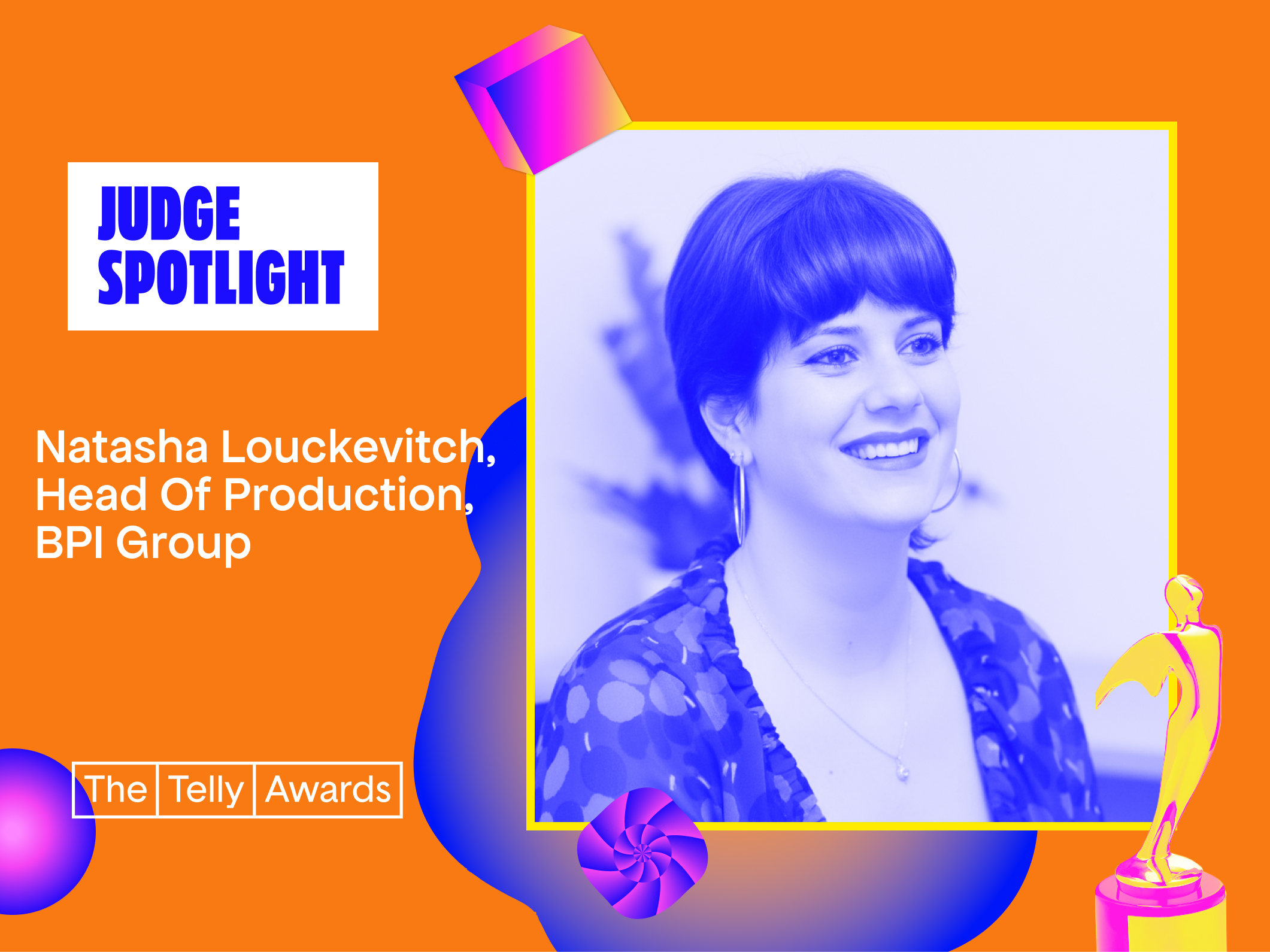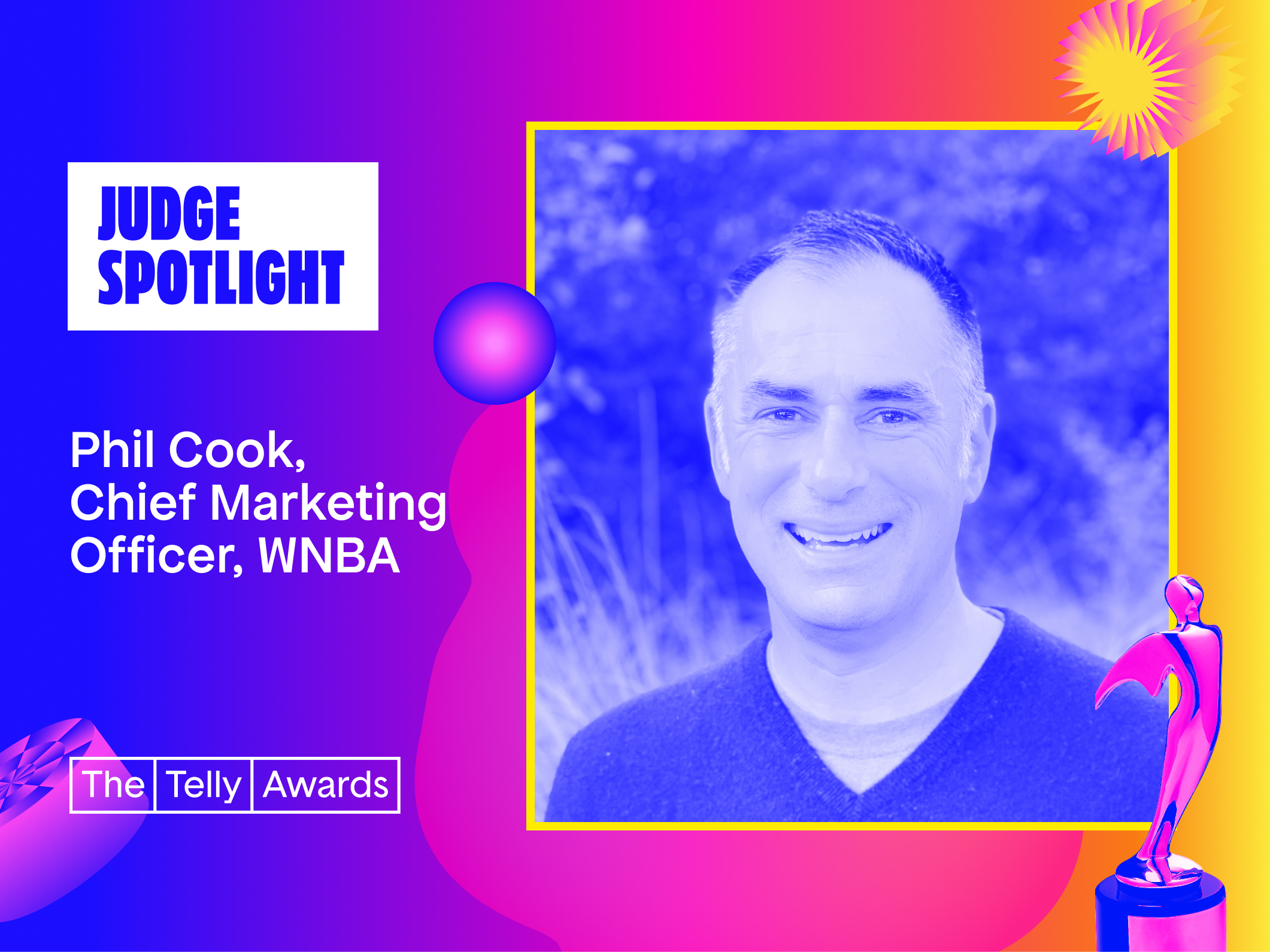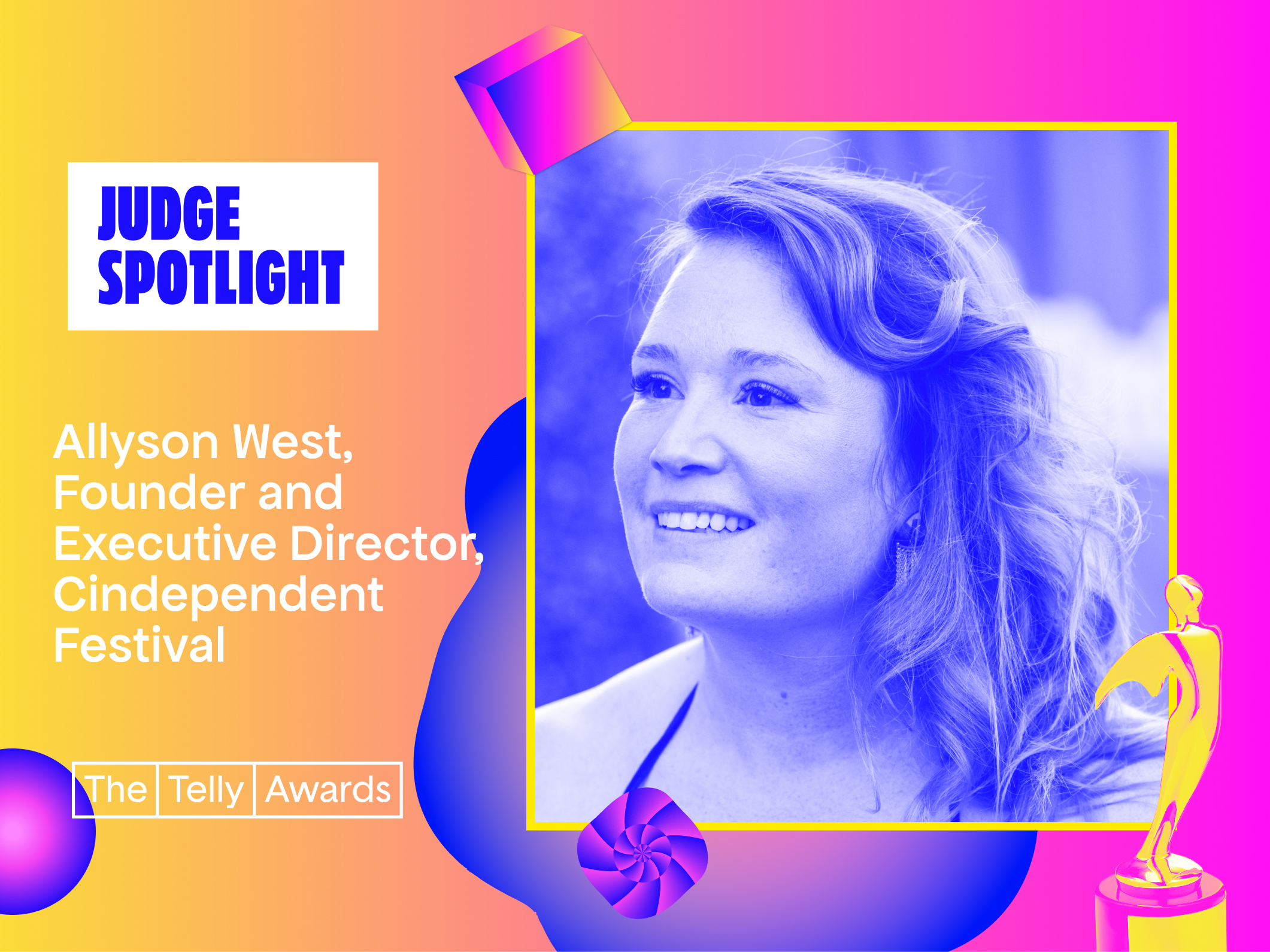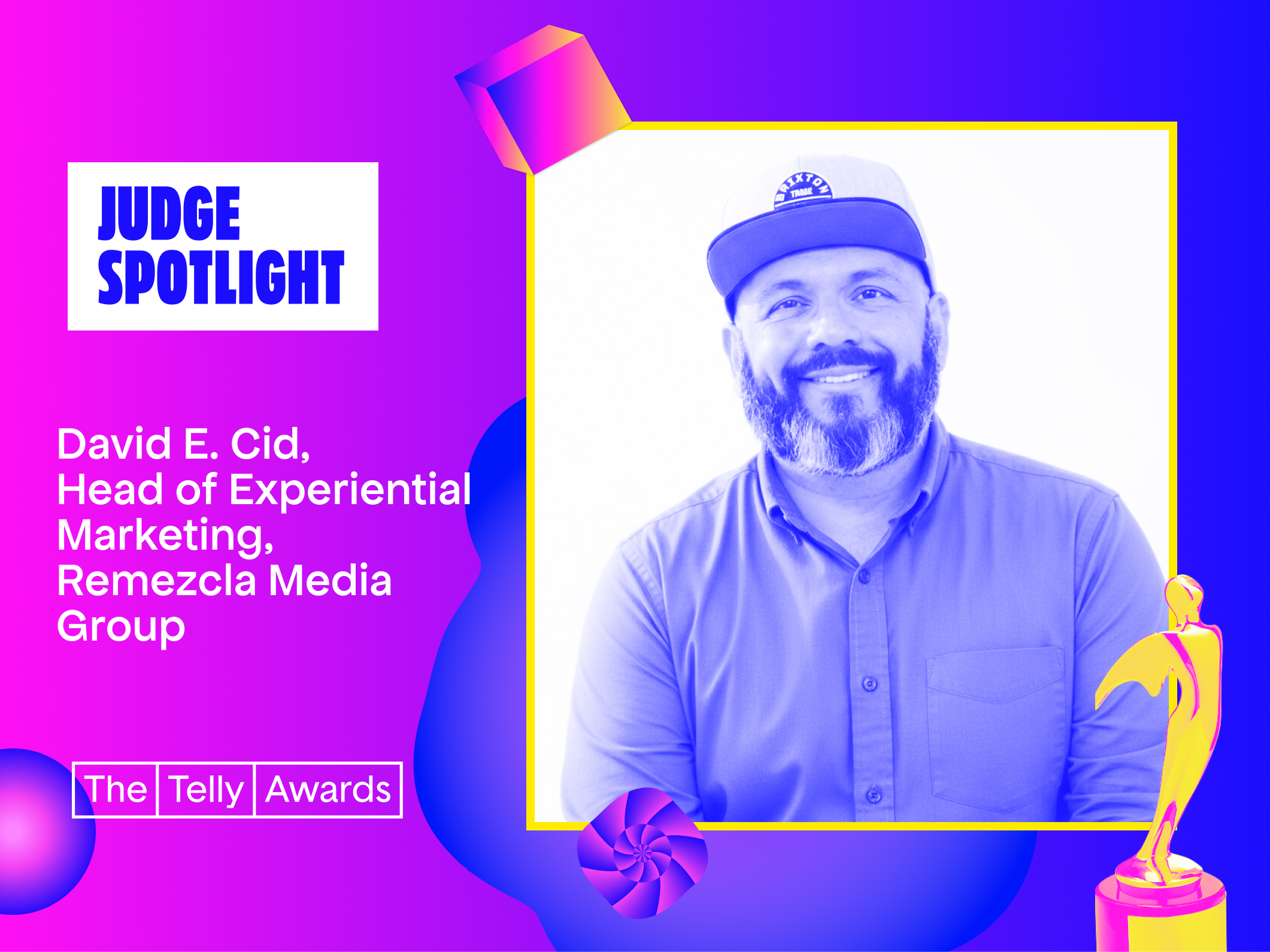Natasha Louckevitch is an award-winning Head of Production with extensive global experience leading high-profile campaigns for brands such as Coca-Cola, Google, Meta, Walmart, and Mondelez just to name a few. Known for her precision, creativity, and cross-market leadership, she has managed complex, multi-channel productions across the U.S., Latin America, and Europe. Currently based in Chicago, Natasha oversees production at Bully Pulpit International, where she builds systems, teams, and partnerships that elevate both creative and operational excellence.
How many years have you been a judge?
This is my first year!
What excited you about judging for the Telly Awards?
What excites me most about judging for the Telly Awards is the opportunity to celebrate and learn from the incredible range of creative voices shaping visual storytelling today. I’ve spent my career leading productions across different markets and formats, and I love seeing how other creators are pushing boundaries — whether through craft, technology, or emotion. Being part of a jury that recognizes that innovation feels both inspiring and humbling. It’s a chance to give back to a community that has constantly inspired me.
What was your first job in the industry? What did it teach you?
My first job in the industry was as a casting production assistant, where I learned quickly that great production is equal parts creativity, organization, and empathy. I did everything — from carrying gear and chasing signatures to making sure the director had coffee and the client felt heard. It taught me that no task is too small when the goal is excellence, and that the real magic of production lies in how well people work together under pressure. That foundation still shapes how I lead teams today — with respect for every role and an understanding of how all the moving parts connect.
What project are you most proud to have worked on?
I’m proud of all the projects I’ve worked on, because each one carries its own creative and human challenge. Whether it’s a global campaign for a major brand or a small, purpose-driven story, every project is a chance to learn something new — about collaboration, storytelling, and people. What fulfills me most is seeing how the work connects with audiences and makes a real impact, no matter the scale or budget.
What’s the most challenging part about your job and/or the industry?
The most challenging part of my job — and the industry as a whole — is balancing creative ambition with real-world constraints. Every project lives at the intersection of artistry, logistics, and people, and finding harmony among those forces takes constant negotiation and empathy. The industry moves fast, expectations are high, and technology keeps rewriting the rules, but that’s also what keeps it exciting. The challenge is to protect the craft and the people behind it while still evolving with the times.
What do you look for to determine excellence in video?
I look for clarity of intent, emotional truth, and craft discipline. A great piece doesn’t just look beautiful — it communicates something purposeful, with every creative and technical choice serving that message. I pay close attention to storytelling rhythm, authenticity in performance, and visual coherence — the harmony between idea, image, and sound. Whether it’s a large-scale commercial or a nimble social film, true excellence is when you can feel the care, the courage, and the precision behind every frame.
What are your current roles and responsibilities and what do you love most about your job?
As Head of Production at BPI, I lead the production department across a diverse range of corporate, advocacy, and public-affairs campaigns. My role bridges creativity and operations — overseeing everything from concept development and budgeting to vendor partnerships, live shoots, and postproduction. I build systems that help our teams move faster and smarter, while ensuring the work always meets the highest creative standard.
What I love most about my job is the collaboration — bringing talented, passionate people together to turn complex ideas into something tangible and moving. There’s nothing more rewarding than watching an idea that existed only in conversation come to life on screen with purpose and craft.
What initiatives or projects are you working on now that excite you?
Right now, I’m leading several initiatives at BPI that focus on elevating how we produce stories for brands with real social and cultural impact. I’m especially excited about projects that blend archival storytelling, live action, and emerging tools like AI-assisted deliverables — finding new ways to make purpose-driven work both efficient and emotionally resonant. I’m also building out internal frameworks — from production playbooks to vendor pipelines — that help our teams collaborate more seamlessly across campaigns. What excites me most is seeing how these systems free us up to be more creative, bold, and human in the work itself.
Do you have any specific practices you lean on to spark creativity?
I spark creativity through curiosity and collaboration — paying attention to real life, to how people speak, move, and connect. Inspiration often comes when I step away from the brief and observe something unexpected. For me, creativity isn’t magic — it’s about staying open and creating space for new perspectives to collide.
What inspired you to pursue your career path?
The power of storytelling to move people. Early on, I realized production was where creativity, problem-solving, and human connection meet — a space where ideas become tangible. I was drawn to the energy of collaboration, to building something from nothing alongside passionate people. That mix of art and orchestration still inspires me every day.
In your experience, what is a significant change you are seeing happen in the video, television, and/or film industry, and what insight can you share about how to navigate it?
One of the biggest changes I see in the industry is the blending of boundaries — between formats, platforms, and disciplines. What used to be “film,” “TV,” or “digital” are now part of a continuous storytelling ecosystem where content must be both intentional and adaptable. Technology and AI are reshaping workflows, but the heart of great production hasn’t changed: clarity of vision, respect for craft, and empathy for audiences. The key to navigating this shift is staying curious — embracing new tools without losing the human touch that makes storytelling powerful.





